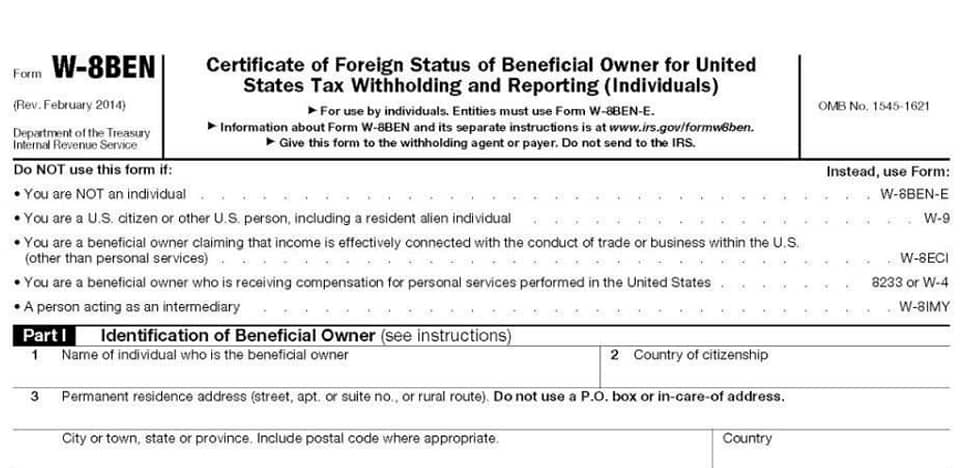GAAP for Non-Profit Organizations: Special Considerations and Reporting Requirements

Some nonprofits may also engage in other assurance services, such as reviews or agreed-upon procedures, to address specific concerns or requirements. These restrictions may be time-bound or purpose-specific, requiring nonprofits to track and report fund utilization to ensure compliance. Effective management of restricted funds involves robust internal controls and accounting systems to segregate and monitor these funds separately from unrestricted resources. The right financial reporting software can automate tasks such as tracking grants, categorizing expenses, and preparing detailed financial statements.

Financial Stewardship
- This part is all about showing your work to ensure everyone knows you’re doing things right.
- A key challenge involves distinguishing between conditional and unconditional contributions.
- It’s important, however, to always look for reputable vendors with a track record of serving nonprofits and other organizations in the industry.
- This makes it much easier to follow best practices and comply with financial requirements.
- By aligning with GAAP standards, you demonstrate financial responsibility and commitment to best practices, increasing your organization’s credibility and chances of securing support.
- As the sector continues to evolve, embracing technology and impact measurement will be crucial for nonprofits aiming to thrive in an increasingly competitive landscape.
- Working in a nonprofit allows you to quickly learn how to differentiate it from for-profit organizations.
Accounting provides nonprofits with financial data and reporting that supports more informed decision-making and planning. By analyzing financial data, nonprofits can assess the financial health of the company, evaluate the impact of programs, and make better decisions to optimize resource allocation. Managing these funding sources often involves careful budgeting, expense tracking, and compliance with reporting requirements that are stipulated by grantors or contracting entities. Organizations that proactively share their financial data are more likely to attract funding from individuals and foundations that prioritize accountability. By showcasing their commitment to transparency through regular financial reporting, nonprofits can cultivate a loyal donor base that feels confident in their contributions. When nonprofits publish their financial reports, they demonstrate accountability and integrity, which are essential for building lasting relationships with supporters.
By business size
- They form the backbone of nonprofit financial reporting, ensuring that financial statements are clear, consistent, and transparent.
- The statement of activities, similar to a for-profit income statement, focuses on changes in net assets and categorizes revenues and expenses by function, such as program services, management, and fundraising.
- Nonprofit accounting refers to a specific set of accounting rules and practices used by nonprofits to track, record, and report their financial activities.
- Endowments are created through donor contributions, with the principal amount typically invested to generate income for perpetuity or a specific period.
- Knowing the ins and outs of your nonprofit’s finances helps you make better decisions.
Transparent and accurate reporting fosters trust and helps donors and stakeholders understand how overhead investments contribute to your organization’s mission. Many nonprofits must undergo annual audits, especially if they receive significant federal funding or meet certain state thresholds. As mission-driven organizations that rely on public trust and contributions, your nonprofit uses audits to verify financial records and demonstrate accountability.
Support risk management
A nonprofit financial statement is a snapshot of how your nonprofit has been doing with its money over a certain period, like a year or a quarter. Nonprofits receive both restricted and unrestricted, and having clear policies in place helps ensure compliance with GAAP and donor expectations. You must get familiar with GAAP standards to ensure your financial reports are accurate and comparable. There are plenty of reasons why implementing accounting standards is essential for law firm chart of accounts your nonprofit. GAAP evolved over time to bring consistency and transparency to financial reporting in the US.


Transparent tracking builds donor trust and supports efforts to secure future funding. This statement enhances financial transparency by showing stakeholders how resources are allocated to support your organization’s mission. It forms the foundation for nonprofit accounting with a consistent set of rules that ensure financial statements are reliable, consistent, and easy to compare. GAAP covers key areas like revenue recognition, expense matching, and fund classification. At its core, the main goal of accounting for nonprofits is to ensure transparency and accountability to stakeholders–think donors, grant-makers, and regulatory agencies. This transparency isn’t just a box to check; it’s essential for building trust, showcasing responsible fund use, and ultimately supporting your gaap accounting for donated assets mission and long-term sustainability.

When nonprofits automate their AP processes, many select software solutions that only meet basic requirements. To discover a more holistic strategy for automating accounts payable and taking a modern approach to nonprofit accounting, explore more. Nonprofits are accountable to their stakeholders, including board members, donors, beneficiaries, and the public.
Liabilities and net assets
Time-saving efficiencies help nonprofits ease employee workload and reduce burnout. Tipalti helps a nonprofit strengthen financial controls to mitigate risks and reduce payment errors by up to 66%. Nonprofits can automate invoice processing and scale successfully by managing headcount, reducing costs, and automating supplier management. Tipalti also offers procurement, which assists early-stage nonprofits in automating the buying process and ridding themselves of Excel spreadsheets. The balance sheet is one of the fundamental financial statements used by law firms to summarize their financial position at … It is advisable for nonprofits to consult with experienced nonprofit accounting firms, which can provide guidance tailored to individual needs and compliance requirements.
- The Generally Accepted Accounting Principles (GAAP) provide a framework for accounting and financial reporting across various sectors, including non-profit organizations.
- For example, staff salaries for work across multiple programs should be allocated based on time spent on each activity, often tracked through timesheets.
- When nonprofits automate their AP processes, many select software solutions that only meet basic requirements.
- Word of mouth is always one of the most powerful forms of marketing and if everyone around you is using a system that works for them, there’s a strong possibility it will work for you as well.
- Key components are segregation of duties, transaction approvals, and regular audits.
The history of GAAP and the organizations that maintain it
If you’re managing the accounting for a nonprofit, you already know how crucial it is to stay accountable to your supporters and donors. Discover the best practices for nonprofit accounting and how the right software simplifies your operations. A nonprofit profit and loss statement, also known as a statement of activities, outlines the organization’s revenues and expenses over how is sales tax calculated a specific period. Our complete guide to nonprofit financial statements has everything you need to ace these reports.
